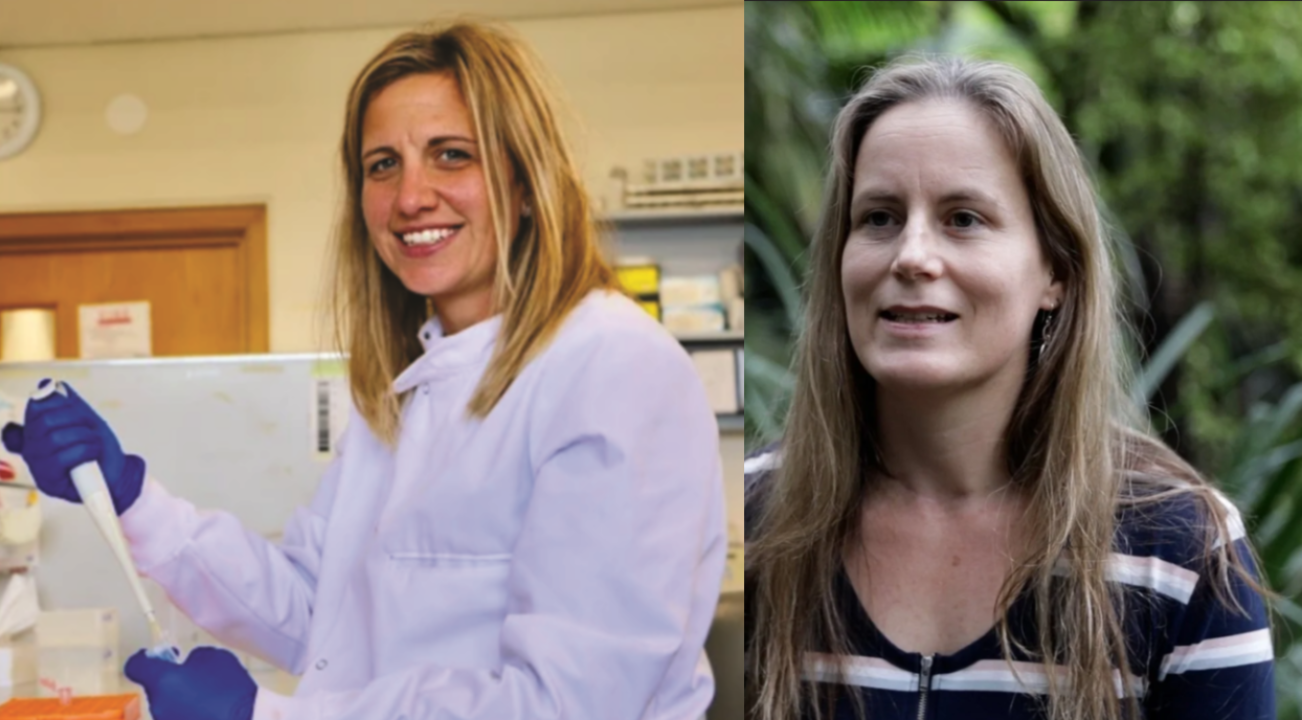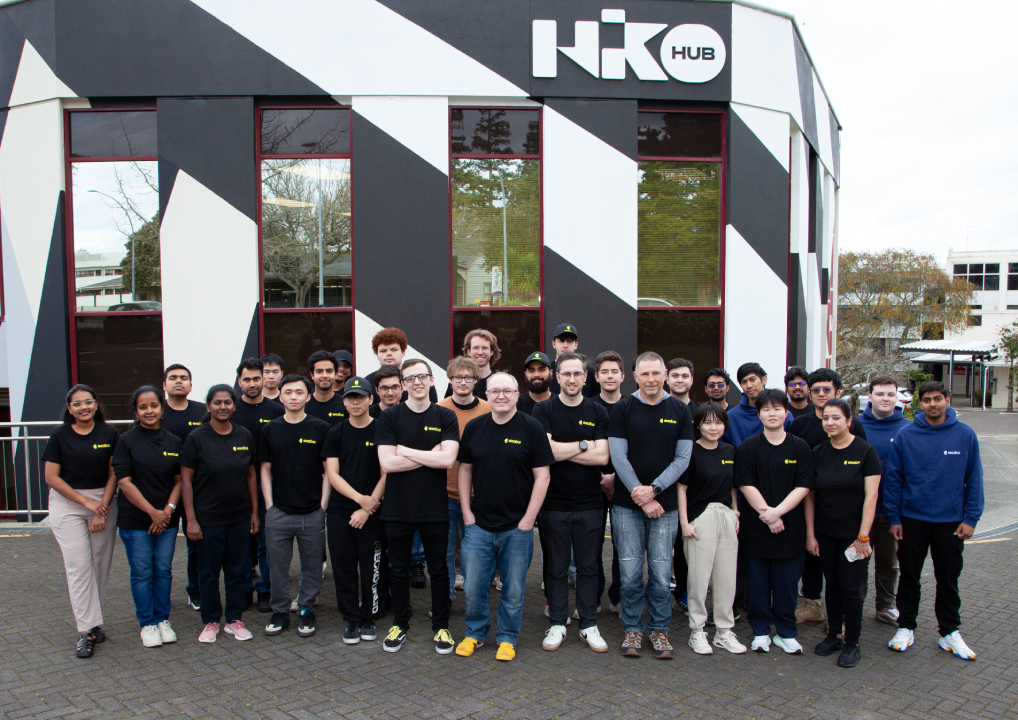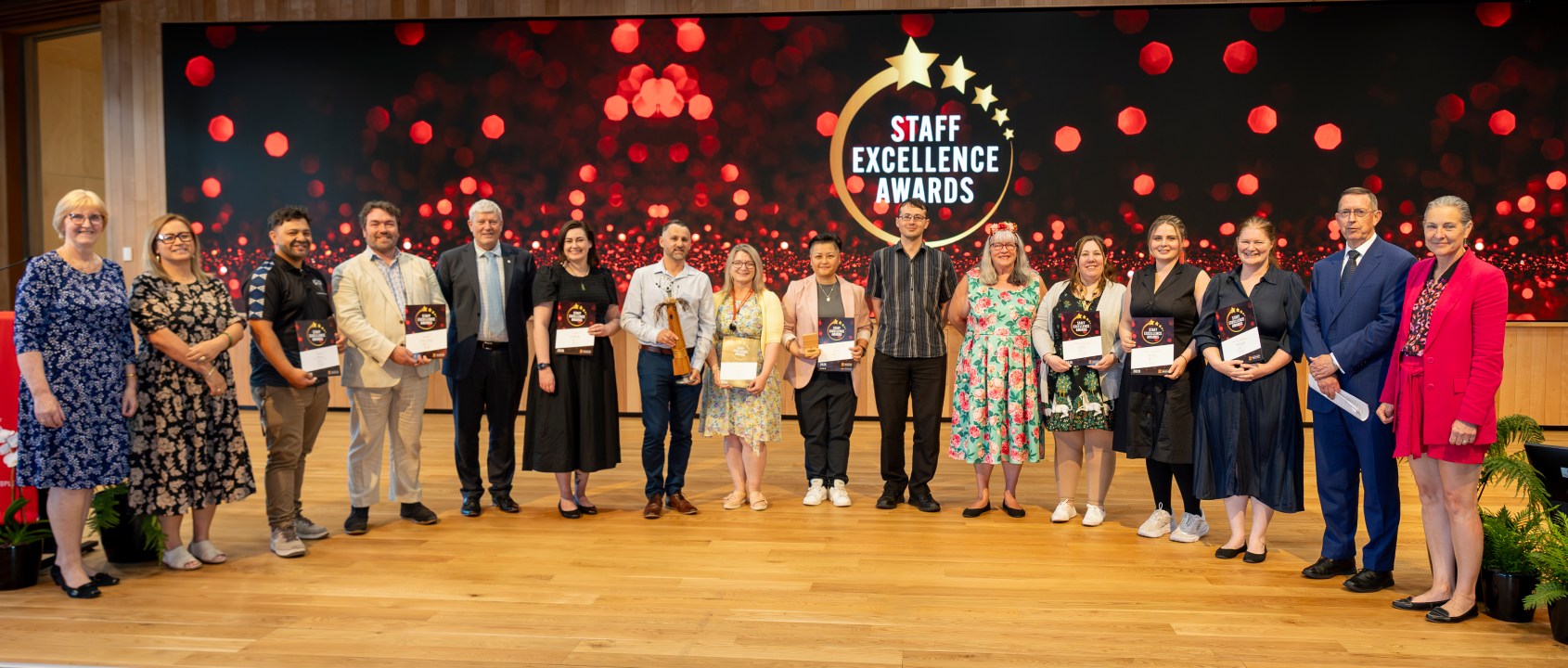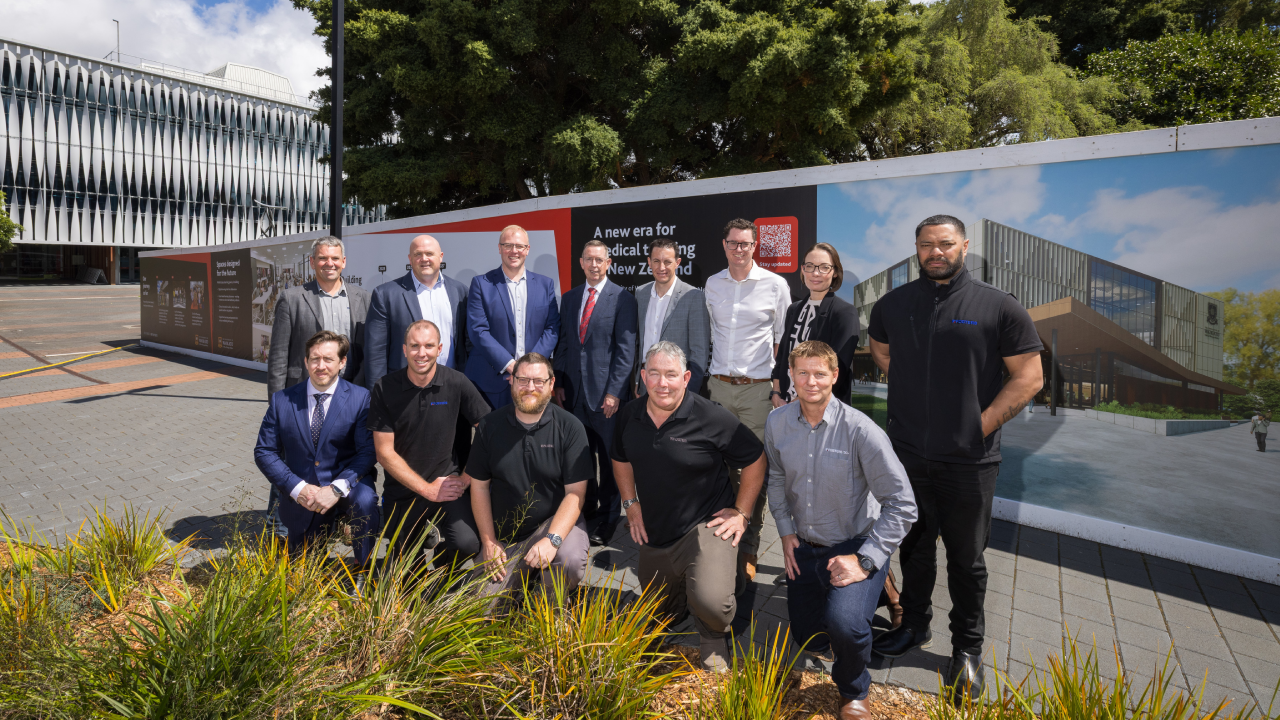Students from across the Bay of Plenty attended sessions of jumping, sprinting, balancing, and analysing human motion at the Adams Centre for High Performance last week, all to mark National Biomechanics Day.

Reaction testing for students from Mount Maunganui College
National Biomechanics Day is a worldwide celebration of Biomechanics where university labs across the globe invite high school students and their teachers to experience biomechanics in action. In New Zealand, staff and postgraduate students from Te Huataki Waiora School of Health from the University of Waikato took the lead in sharing their love for biomechanics.
Senior Lecturer Dr Kim Hébert-Losier says it’s a great opportunity for students to get an idea of pathways to employment they may not have considered.
“Biomechanics is a multidisciplinary science that combines the field of biology and mechanics. It incorporates STEM (science, technology, engineering and maths) and medical subjects, yet the discipline tends to fly under the radar until students get to tertiary level,” says Kim.
 Mount Maunganui College students test their spring at the National Biomechanics Day held at the Adams Centre for High Performance on Friday.
Mount Maunganui College students test their spring at the National Biomechanics Day held at the Adams Centre for High Performance on Friday.
“National Biomechanics Day provides the perfect forum for experiential hands-on learning that goes a long way in promoting STEM careers and educational pathways to secondary school students.”
PhD student Cam Olsen showed students his work using sports video to analyse performance of netball players and teams, which he’s using to provide assistance to Magic Netball.
“The increase in technology availability has given us new opportunities to analyse and measure performance of groups, over individuals. We’re collecting data from all movements and actions on the court and identifying common links and marrying links together to find opportunities to improve performance of the team, and the athletes.”
Cam says the opportunity to find a career that is relevant and rewarding is priceless for young people.
“At this age it's important to see the real-world opportunities for young people and sport employment, and what the future might look like. Elite athletes are really interested in their individual data, but some athletes might not have the chance to take it to the professional level. So it’s good to know they can still be involved in professional sport, and there are pathways for that.”
 Students from Mount Maunganui College check out stress testing with PhD student Anna Butcher’s 3D modeling.
Students from Mount Maunganui College check out stress testing with PhD student Anna Butcher’s 3D modeling.
Anna Butcher is doing her PhD in biomechanics, looking at the effects of maturation and how the menstrual cycle phase affects risk of ACL injury. She uses 3D motion capture technology to showcase and help students understand sport mechanics as it relates to knee injuries.
“We’re starting to see in late- to post-pubertal females the non-contact ACL injuries are going nuts, and they’re having to have first and second surgeries more often. We think that’s partially to do with the way they grow and change, and how hormones change across the menstrual cycle.”
Anna’s research involves male and female participants aged 7-20 who play a court or field sport - she’s looking to test 80 people over the next six months.
“We’re doing a cross-sectional study with a range of groups, to do some cognitive tasks and balance, squatting and jumping tasks. All of this data collection will create more opportunities for studies in the future.”
Anna’s work focuses on the prevention of injury by showing what’s going wrong with a player's biomechanics and developing a system to inform exercise programmes to reduce that risk.
Other stations for National Biomechanics Day focused on sprint acceleration and reaction times where students were able to see how fast they can sprint and react to stimulus, and measuring calf muscle strength and endurance using a mobile application developed by Dr Kim Hébert-Losier and showcased by her PhD student Ma. Roxanne Fernandez. The app is receiving international acclaim for its ability to track and quantify calf muscle performance in children, the elderly and high-level athletes.



